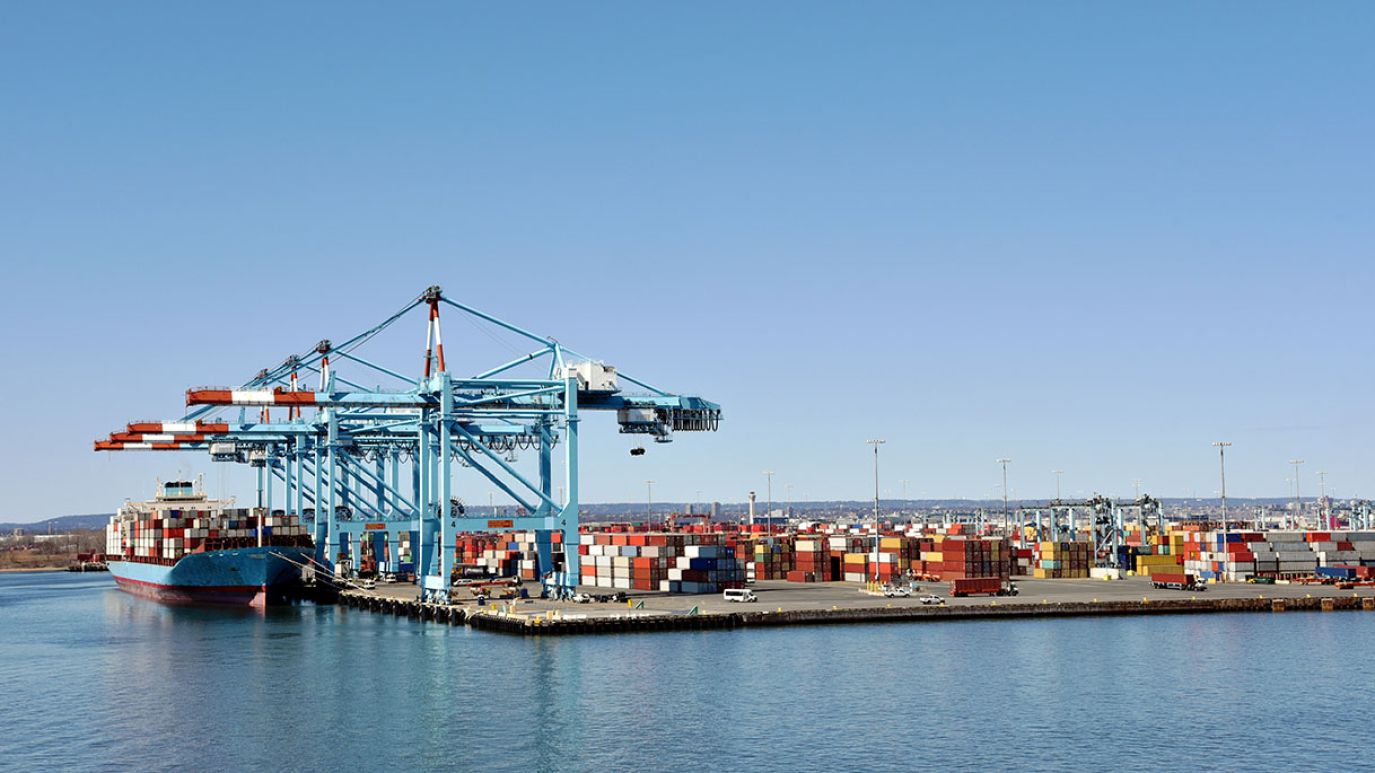US Targets Risks From Chinese Cranes in US Ports

Pamir assesses that the primary risk from maintaining a Chinese crane presence in US ports is China’s exploitation of data acquired through the monitoring of commercial inputs for a trade advantage. Although Chinese cranes can shut down port operations, barring a crisis situation, it is unlikely that China would resort to blunt measures that would impede trade flows.
On 21 February President Biden issued an Executive Order to strengthen US maritime cybersecurity that includes actions to address growing concerns over potential cyber threats posed by Chinese cranes operating in US ports.
- The US Coast Guard will issue a Maritime Security Directive that requires owners and operators of Chinese-made cranes to “acknowledge the directive and take a series of actions on these cranes and associated Information Technology (IT) and Operational Technology (OT) systems.”
- The US administration will invest $20 billion over the next five years into port infrastructure that includes the rebuilding of US industrial capacity to build port cranes. The announcement of the Executive Order indicates that PACECO Corp., a US-based subsidiary of Mitsui E&S Company of Japan, will take the lead in producing US-built cranes to replace Chinese ones.
The Executive Order reflects growing concerns within the US national security establishment about the threats that Chinese-made equipment and platforms pose to critical US infrastructure, notably the network of facilities, equipment, and connections that constitute the US Marine Transportation System.
- US officials and congressional members have expressed concerns about the security risks posed by China’s state-supported National Public Information Platform for Transportation and Logistics (LOGINK), which is used by ports and freight carriers and forwarders around the world, including some US terminals. According to the US Coast guard, LOGINK, which was developed by the Chinese Ministry of Transport, “can collect massive amounts of sensitive business and foreign government data, such as corporate registries and vessel/cargo data.”
The Chinese government has criticized the Executive Order and stated that it would defend the interests of Chinese manufacturers. Chinese media have also questioned US ability to compete successfully against China in the production of cranes. Shanghai Zhenhua Heavy Industries Company (ZPMC), the world’s largest manufacturer of cranes, is the maker of all Chinese cranes used in US ports.
- On 23 February Chinese Foreign Ministry spokeswoman MAO Ning said, “The accusation that China-made cranes pose security risks is completely unfounded. We firmly oppose the US stretching the concept of national security and abusing state power to go after Chinese products and companies. China will continue to firmly protect the legitimate and lawful rights and interests of Chinese companies.”
- On 26 February the Chinese Communist Party-owned China Daily published an article saying that US port operators remain confident in the safety and security of Chinese-made cranes, adding: “The lack of concrete evidence of security breaches poses a challenge for US government in justifying its claims.” In addition, “it will likely be some time before American-made cranes can compete effectively with ZPMC in terms of cost and performance.”
China’s 5G influence in developing economies
China’s Belt and Road Initiative and its digital counterpart, the Digital Silk Road, threaten to displace US telecom and tech companies in developing economies in Africa, Latin America and the Middle East. How can US operators and network providers stand up to the challenge?